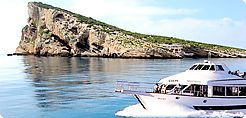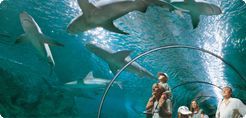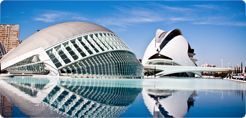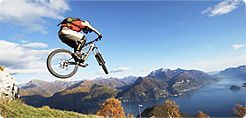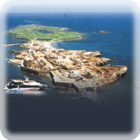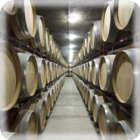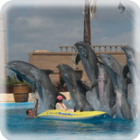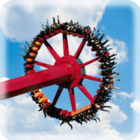The mountains and geological formations of the Marina Baxia are a paradise for rock climbers.
The walls of the colossal peaks that form the Sierra Aitana mountain range have earned an important reputation with rock climbing enthusiasts. The Sierra Aitaina Mountain range located inland in the region known as the Marina Baixa, very close to the coast and with a mild climate, allows climbers to practise their sport all year round, while other well known areas have snow and ice during the winter months.
With superb geological characteristics and the added bonus of the climate, the Marina Baixa has become an area of pilgrimage for hundreds of national and international climbers, opening a new tourist route that breaks from the traditional beach holiday to offer a challenging sporting holiday.
The imposing Ponoig Mountain known locally as the “Sleeping Lion”, is located in the town of Polop de la Marina and is perhaps the most popular among climbing fans. The landscape, geological features and its impressive vertical wall challenge and dare climbers to conquer its peak.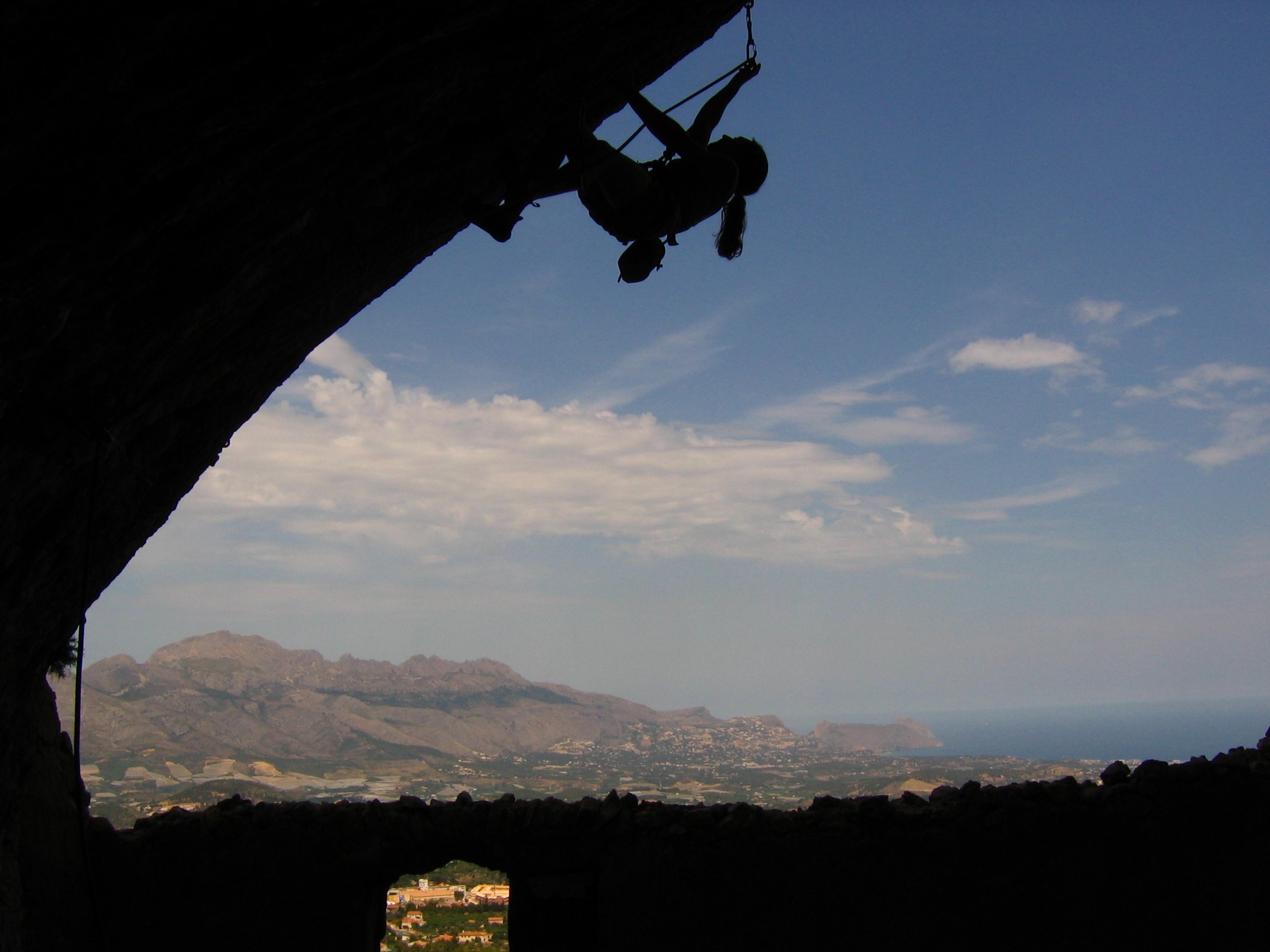
The Ponoig Moutain face.
Reaching an impressive 1.181 meters in height with faces reaching 600 meters in height , its reddish rock; a mixture of calcium carbonate and magnesium, has earned it the nickname of the “Spanish Dolomites”. Ponoig supports both traditional climbing and mountain climbing as well as a having a Via Ferrata to help reach its summit.
The first climbers to conquer this beautiful mountain were British, Brian Royle and Kim Meldrum scaled the face in the 1970’s and their route became known as the “English Spur”. Now there are over 60 routes attracting climbers from all over Spain and many parts of Europe.
Once this route became public knowledge, Valencian climbers flocked to the walls of the Ponoig and in 1972 they daringly scaled the central wall which became known as the Valencian’s Way. Without doubt this route has now become one of the most famous on the solid rock face. This route was also the scene for the first successful climb by a female team with Marisa Puchades and Ampara Abad in 1985.
The Catalonian Route (Via Cataluña) and the Murcian Route (Via de los Murcianos) were later added to the ascent routes; their names clearly referring to the climbers who first conquered them. Each route increased in difficulty and today theyare regarded as some of the most challenging.
In the early 80’s climbers from Alicante and Murcia flocked to the Ponoig with the latest techniques and after hours of determination, imagination and effort they forged new routes. To climb these routes you require special equipment, other than physical strength and skill. Today there are 64 routes, divided into 6 sections along the Ponoig face, each with its own unique features: Sector Lomo del Léon, Sector Central, Sector de las Hadas, Sector de Torre de en medio, and the Sector de Tozal de Levante.
Via Ferrata and mountain climbing.
The Ponoig also has a Via Ferrata which was installed to help promote the sport in this area. The via gives beginners the opportunity to participate in the sport accessing peaks normally reserved for the more experienced mountaineer with the help of rigging, stemples, pegs, rails and chains, granting a safe ascent to areas inaccessible to hikers or the inexperienced climber.
A steel safety cable is installed along the route, to which a harness with a purpose designed energy-absorbing lanyard and carabiner especially made for a via ferrata is attached.
This via ferrata runs between climbing routes and requires strong arms as it has a steep vertical climb with small protruding areas so you can monitor your progress. The descent uses the Rappel technique and needs a double rope. You should have mastered the Rappel technique before attempting to climb this Via Ferrata.
In the surrounding valleys there are two areas for the less experienced climber with shorter routes and more safety measures. Novice climbers generally begin to climb using these routes, which are sometimes called “climbing schools”. They can be found in the Morro Almaida and in Castellet de Polop. The walls of both areas range from 15 to 30 meters with routes of varying difficulty.
If you would like to learn more about the different routes of the Ponoig , whether you require information on the big walls or the climbing zones, you can find further information in the book ' Guia de escalada del Ponoig ' by Carlos Tudela ( A guide to climbing the Ponoig).
Other important areas in the Marina Baixa.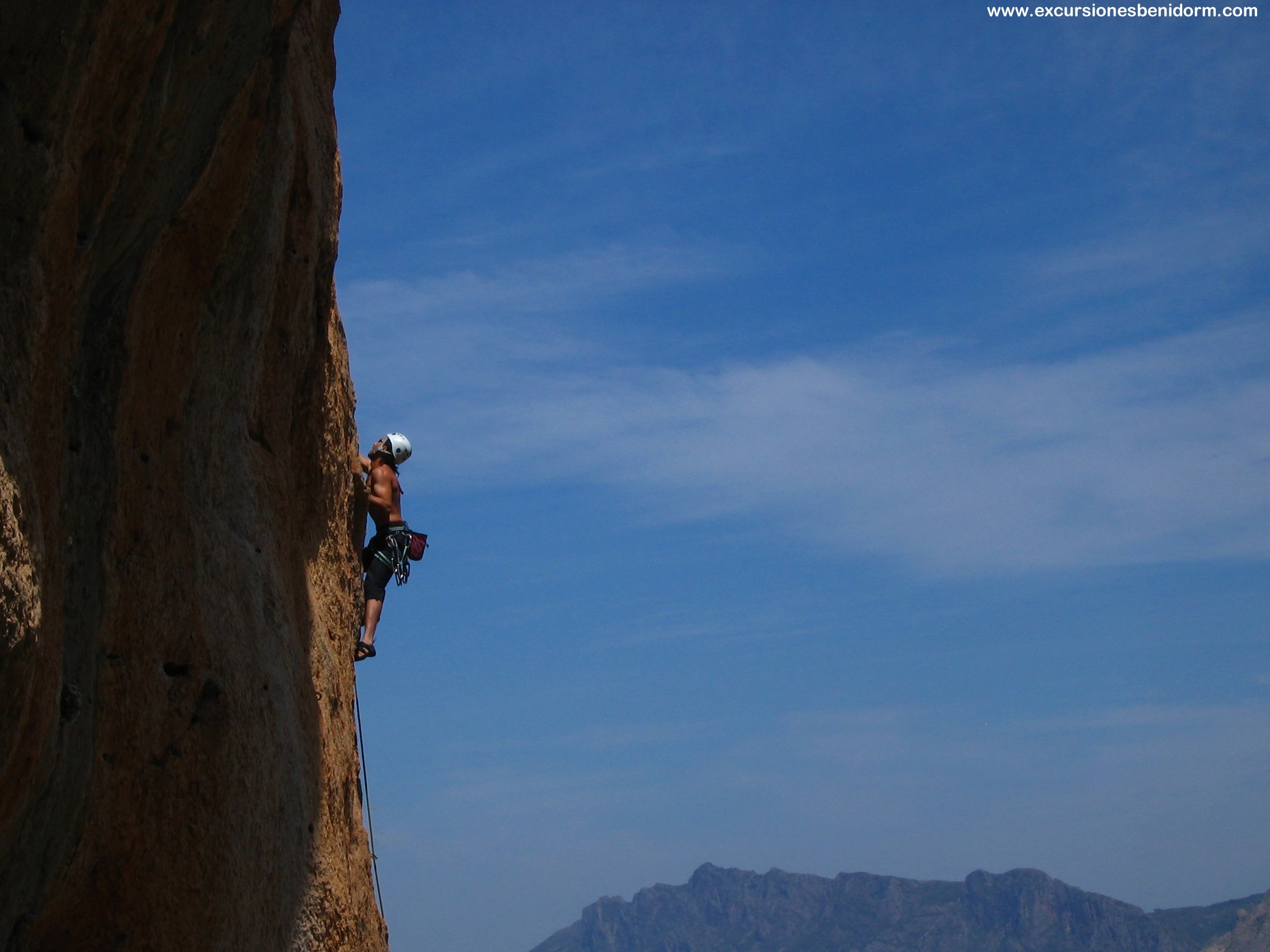
The Puig Campana is another of the giants worth discovering and conquering. It reaches a height of 1,408 meters with walls up to 800 meters in altitude, it has become one of the havens for traditional climbing with the sea providing a stunning backdrop. The Sierra AitanaMountain located just behind the Ponoig is another of the vertical treasures just waiting for you to explore. The Penya Roc is an attractive enclave not as well known as the others but with needle like walls of about 250 meters. The climbing routes with less altitude than the others are more demanding, making it ideal for the more experienced climbers.
Finally, in the Guadalest Valley there is another important climbing site in the Marina Baixa. This unique Valley is perfect for intermediate climbers. On one if its walls is the picturesque Castle of Guadalest: walls of quality limestone with plenty of fissures, holes, cavities and craters. Also there is a area where you can consult new routes or enjoy a snack, drink and even a delicious paella as a reward after a hard days climb.
The routes I have mentioned are not the only climbing areas in the Marina Baixa, there are many others to enjoy, although these are perhaps the most popular.
Begoña Arija.
Exbenidorm


